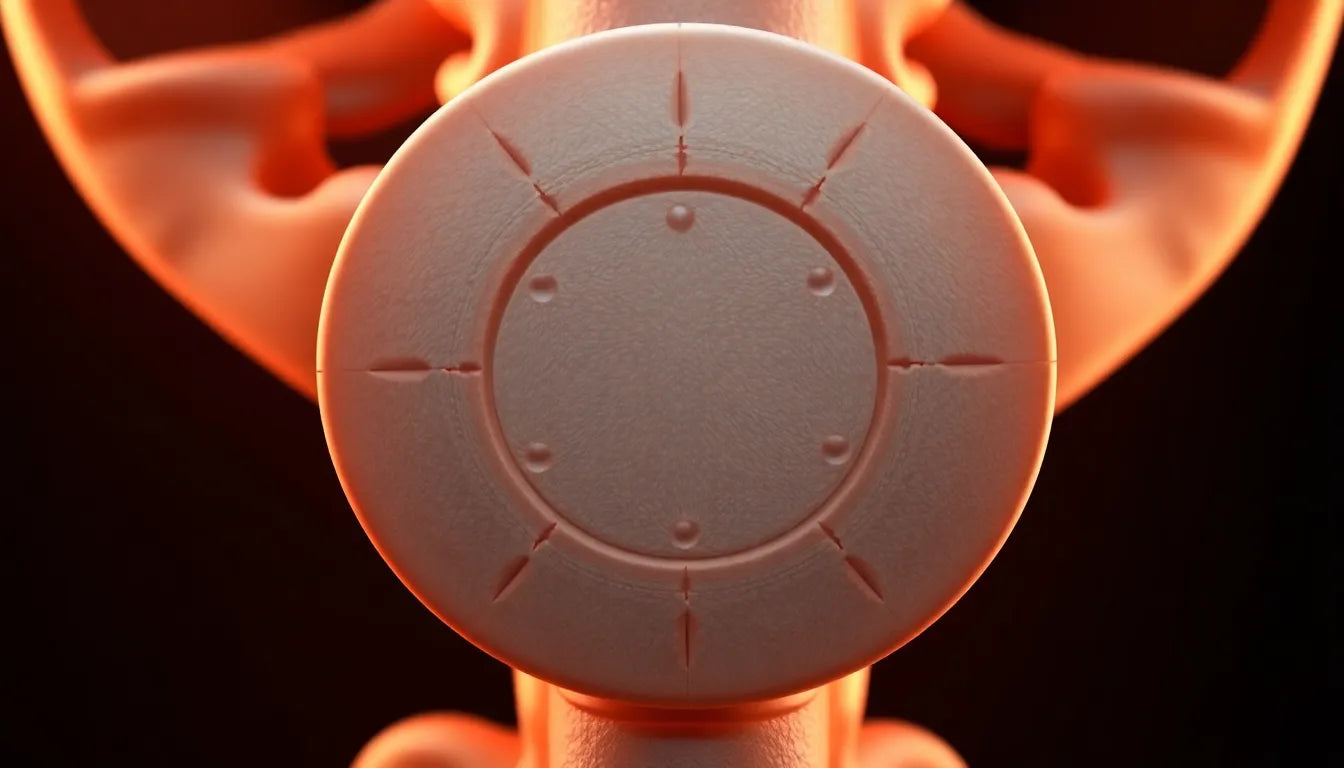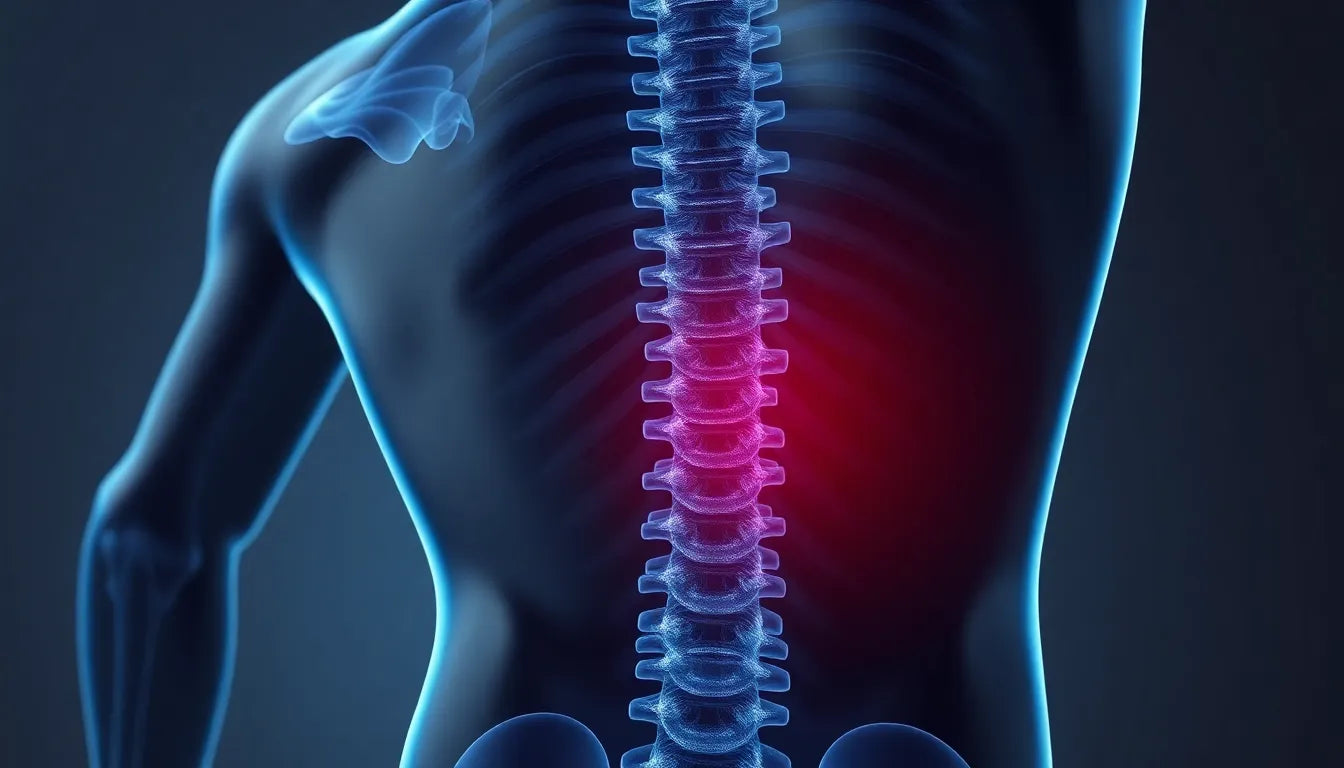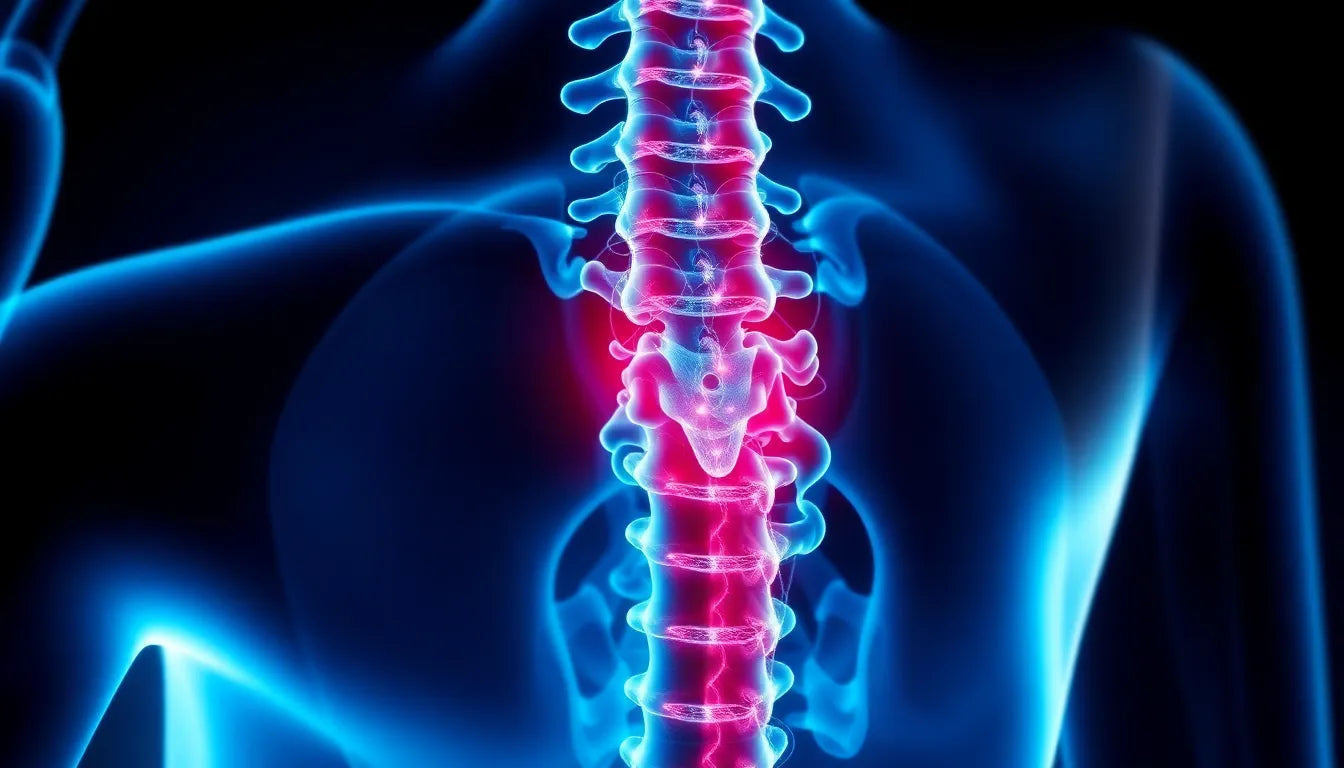Back pain is a common ailment that affects millions of people worldwide, often leading to confusion when it comes to understanding the specific causes. Among the most frequently misunderstood conditions are bulging discs and herniated discs. While both involve issues with the spinal discs, they are distinct conditions that require different approaches to management and treatment. Understanding these differences is crucial for effective pain management and prevention, helping individuals make informed decisions about their health.
The spinal column is a complex structure composed of vertebrae, intervertebral discs, nerves, and the spinal cord. The discs act as cushions between the vertebrae, absorbing shock and allowing flexibility in the spine. Each disc consists of a tough outer layer known as the annulus fibrosus and a soft, gel-like center called the nucleus pulposus. When these discs are compromised, they can lead to conditions such as bulging or herniated discs, each with distinct characteristics and implications for spinal health.
Understanding spinal disc anatomy
The anatomy of the spinal disc plays a pivotal role in differentiating between a bulging disc and a herniated disc. A bulging disc occurs when the outer layer of the disc, the annulus fibrosus, remains intact but protrudes outward. This condition often results from age-related degeneration or wear and tear, affecting a broader portion of the disc, typically 25-50% of its circumference. While a bulging disc may not always cause symptoms, it can sometimes lead to mild discomfort or pain if it compresses nearby nerves.
In contrast, a herniated disc involves a tear or rupture in the outer layer, allowing the inner nucleus to leak out into the spinal canal. This condition is more likely to cause severe symptoms, as the protruding material can exert significant pressure on spinal nerves. Symptoms of a herniated disc often include intense, radiating pain, numbness, or weakness, and in severe cases, it can lead to complications such as sciatica or loss of bladder control.
Importance of distinguishing between bulging and herniated discs
Accurate diagnosis and differentiation between bulging and herniated discs are essential for effective treatment and management. While both conditions can result in back pain and discomfort, their underlying causes and potential complications differ significantly. Understanding these distinctions helps healthcare professionals tailor treatment plans to address the specific needs of each patient, whether through conservative measures like physical therapy and lifestyle modifications or, in more severe cases, surgical intervention.
By gaining a clear understanding of the differences between bulging and herniated discs, individuals can take proactive steps to manage their spinal health and prevent further complications. This knowledge empowers people to seek appropriate medical advice and explore treatment options that align with their specific condition, ultimately leading to improved quality of life and reduced risk of chronic pain.
Definitions and key differences
Understanding the nuances between a bulging disc and a herniated disc is crucial for proper diagnosis and treatment. Let's delve deeper into each condition to highlight their distinct characteristics.
Bulging disc explained
A bulging disc occurs when the outer layer of the disc, known as the annulus fibrosus, remains intact but protrudes outward. This condition is often associated with age-related degeneration or wear and tear over time. Unlike a herniated disc, a bulging disc affects a broader portion of the disc, typically 25-50% of its circumference. This condition might not always manifest symptoms, and when it does, they tend to be less severe. Many individuals with a bulging disc may experience mild back pain, and in some cases, leg pain if the bulge compresses nearby nerves.
Herniated disc defined
In contrast, a herniated disc involves a more significant structural compromise where the outer layer tears, allowing the inner gel-like nucleus to leak out. This leakage can exert pressure on the spinal nerves, leading to more pronounced symptoms. Herniated discs are notorious for causing acute, intense pain that can radiate to other parts of the body, such as the legs, a condition commonly known as sciatica. In severe cases, individuals may experience numbness, weakness, or even loss of bladder or bowel control, necessitating immediate medical attention.
Symptoms and severity comparison
The symptoms and severity of these conditions can vary widely, often depending on whether there is nerve compression. While both bulging and herniated discs can cause back pain, the likelihood and intensity of symptoms differ.
| Condition | Common Symptoms |
|---|---|
| Bulging Disc | Mild back pain, potential leg pain if nerves are compressed |
| Herniated Disc | Intense, radiating pain, numbness, or weakness, potential loss of bladder control |
While a bulging disc might be asymptomatic or cause mild discomfort, a herniated disc is more likely to present severe symptoms due to the potential for nerve compression. It's important to note that the severity of symptoms often correlates more with nerve involvement than the specific condition of the disc itself.
Diagnosis and treatment approaches
Accurate diagnosis is essential for distinguishing between bulging and herniated discs. Magnetic Resonance Imaging (MRI) is commonly used to visualize the condition of the spinal discs. However, it's worth noting that MRI findings may not always correlate directly with the patient's symptoms. Therefore, a comprehensive clinical evaluation is crucial.
Both conditions generally start with conservative treatment options. These include physical therapy to strengthen the back muscles and improve flexibility, pain medications to manage discomfort, and lifestyle modifications to reduce strain on the spine. Surgery is considered a last resort and is more common for herniated discs, particularly when there is persistent nerve compression or severe neurological symptoms.
Understanding the differences between bulging and herniated discs is vital for effective management and treatment. By recognizing the specific characteristics and potential complications of each condition, individuals can work with healthcare professionals to develop a tailored treatment plan that addresses their unique needs, ultimately improving their quality of life and reducing the risk of chronic pain.
Progression and management of disc conditions
Understanding the progression from a bulging disc to a herniated disc is crucial for effective management and prevention. A bulging disc, which involves the outer layer protruding without rupture, can progress to a herniated disc if the outer layer tears, often due to continued stress or injury. Factors such as poor posture, repetitive strain, and lack of core strength can contribute to this progression.
Early intervention is key to preventing further complications. Implementing proactive pain management strategies, such as maintaining a healthy weight, engaging in regular exercise, and using ergonomic aids, can significantly reduce the risk of disc problems. These measures not only alleviate existing symptoms but also help prevent the transition from a bulging to a herniated disc.
Ergonomic aids, such as supportive chairs and proper lifting techniques, play a vital role in minimizing spinal stress. Incorporating lifestyle changes, like regular stretching and core strengthening exercises, supports spinal health and enhances overall wellbeing. By prioritizing these preventive measures, individuals can manage their condition effectively and maintain a higher quality of life.
Frequently Asked Questions
What causes a bulging or herniated disc?
Both conditions can result from age-related degeneration, injury, or repetitive stress on the spine. Poor posture and lack of physical activity can also contribute to disc issues.
Can a bulging disc turn into a herniated disc?
Yes, a bulging disc can progress to a herniated disc if the outer layer tears due to continued stress or injury, allowing the inner nucleus to leak out.
How are these conditions diagnosed?
Diagnosis typically involves a combination of clinical evaluation and imaging tests, such as MRI, to assess the condition of the spinal discs and any nerve involvement.
What are the treatment options?
Treatment usually starts with conservative methods, including physical therapy, pain medications, and lifestyle modifications. Surgery is considered when conservative treatments fail, especially for herniated discs with severe symptoms.
When should I see a doctor?
You should seek medical advice if you experience severe pain, numbness, weakness, or loss of bladder control, as these symptoms may indicate nerve compression requiring immediate attention.
Conclusion
Understanding the key differences between bulging and herniated discs is essential for effective management and prevention. Recognizing the potential progression from a bulging to a herniated disc highlights the importance of early intervention and proactive pain management. By consulting healthcare professionals and implementing lifestyle changes, individuals can tailor their treatment plans to their specific needs, ultimately enhancing their quality of life and reducing the risk of chronic pain.
Sources
- ADRSpine.com. "Bulging vs. Herniated Disc: Understanding the Differences."
- Orlando Orthopaedic Center. "What is the Difference Between a Bulging Disc and a Herniated Disc?"
- Fayaz Neurosurgery. "Bulging vs. Herniated Disc: What You Need to Know."
- Herrman & Herrman. "Bulging vs. Herniated Disc: What's the Difference?"
- Miami Neuroscience Center. "Understanding Bulging and Herniated Discs."
- Neurosurgeons of New Jersey. "Bulging vs. Herniated Disc: Key Differences."
- Long Island Brain & Spine. "Bulging vs. Herniated Disc: A Comprehensive Guide."
- Neurosurgery One. "Bulging Disc vs. Herniated Disc: What's the Difference?"























